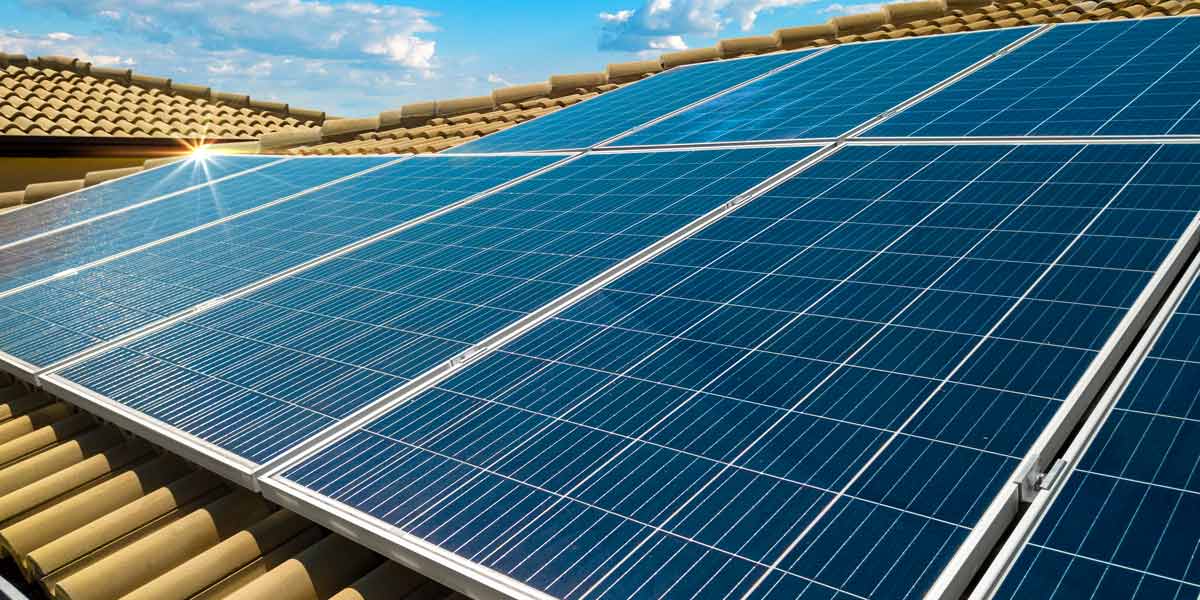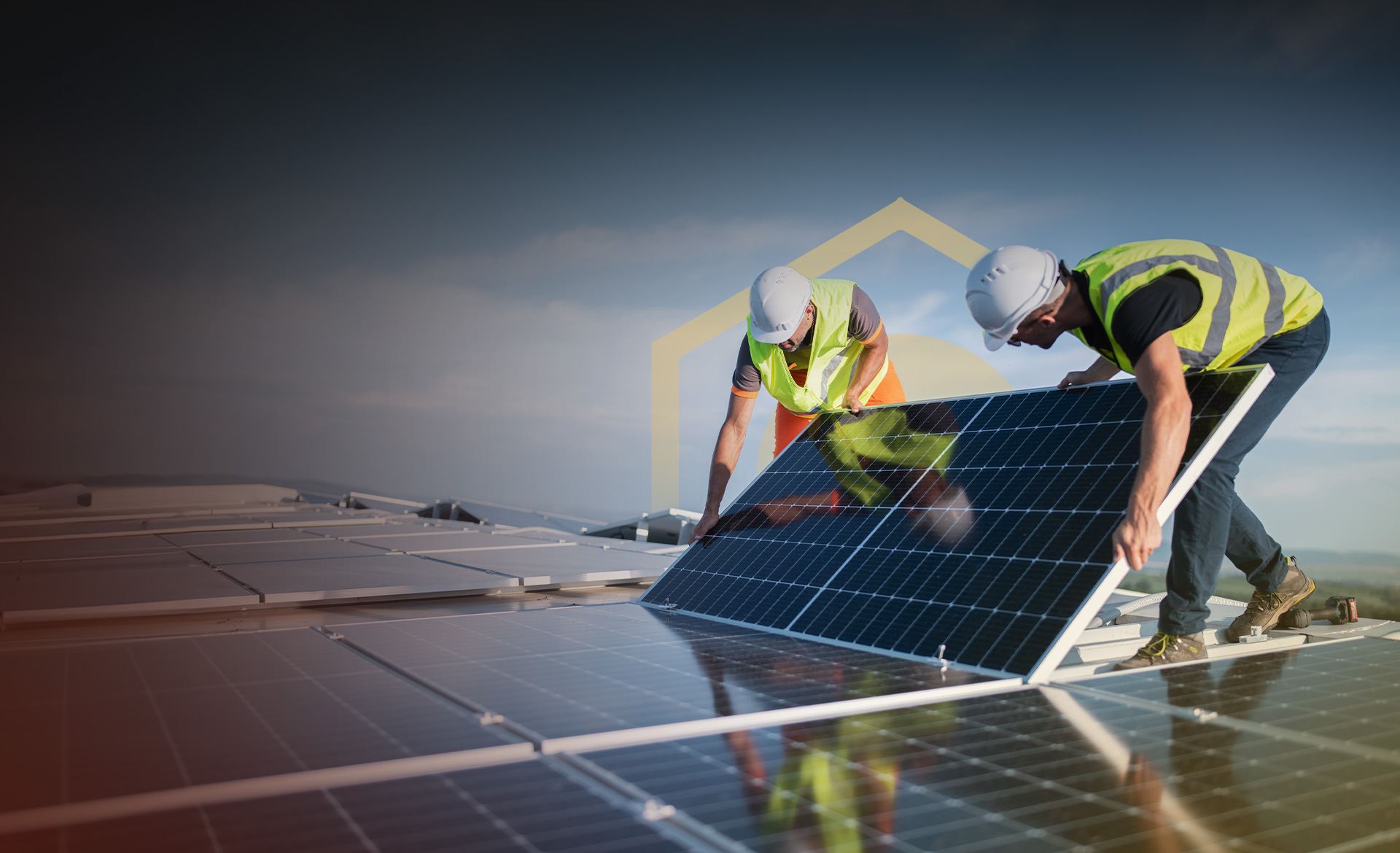The Main Principles Of Solar Companies In Virginia
The Main Principles Of Solar Companies In Virginia
Blog Article
Virginia Solar Incentives: Lumina Solar Concentrates On Supplying Advanced Photovoltaic Solutions For Residences And Services
History and Founding
Have you ever questioned how a solar panel company springs from a mere trigger of inspiration into a powerhouse of renewable resource? It frequently starts with a vision-- one fueled by a mix of innovation, determination, and a pinch of serendipity. The journey of many solar companies mirrors the evolution of the innovation itself: from bulky, ineffective panels to streamlined, high-efficiency marvels harnessing the sun's bounty.
The Early Days
In the late 20th century, when solar power was still a specific niche idea, pioneers planted seeds for what would become an international motion. Envision a little workshop filled with curious engineers, relentlessly explore photovoltaic cells. Their enthusiasm was palpable, frequently driven by a desire to fight environment change and decrease dependence on nonrenewable fuel sources.
One such anecdote is about a creator who, influenced by a camping journey, understood that even in remote areas, the sun could power vital gadgets. This basic observation stimulated a business's objective to democratize access to clean energy.
Founding Concepts

- Innovation: Continuously pressing the borders of solar innovation to improve effectiveness and durability.
- Sustainability: Committing to environmentally friendly production and lowering carbon footprints.
- Ease of access: Making renewable resource solutions budget-friendly and useful for daily users.
Milestones in Growth
| Year | Secret Event |
|---|---|
| 1985 | Company founded in a little garage, concentrating on research and development. |
| 1995 | Commercial solar panel item introduced, gaining regional attention. |
| 2005 | Broadened to worldwide markets, welcoming worldwide renewable resource goals. |
| 2015 | Presented cutting-edge solar panel innovation with boosted energy conversion. |
Isn't it remarkable how these incremental actions, often ignored, form the energy landscape today? The photovoltaic panel business story is not just about technology; it has to do with a ruthless quest for a brighter, cleaner future.

Developments in Photovoltaic Panel Technologies
Ever discovered how some photovoltaic panels gleam brighter and last longer? It's not magic; it's the science of photovoltaic effectiveness. Modern solar panel companies invest heavily in technologies like bifacial cells, which catch sunshine from both sides, boosting energy harvest without expanding roofing area. Have you ever wondered why some panels carry out better on cloudy days? That is because of advances in thin-film solar technology, which thrives under diffused light conditions.
Item Variations Customized to Distinct Requirements
One size never fits all. Photovoltaic panel companies now provide:
- Monocrystalline panels for maximum effectiveness and smooth aesthetic appeals, suitable for space-constrained roofs.
- Polycrystalline panels, which provide an affordable option without compromising excessive output.
- Building-integrated photovoltaics (BIPV), combining solar tech flawlessly into architectural elements like windows and facades.
Picking the right item isn't just about in advance cost; it has to do with matching your environment, energy objectives, and long-lasting cost savings. Homes shaded by trees require panels that stand out in low-light situations, something many neglect until energy costs climb suddenly.
Technical Tips for Optimal Selection
- Evaluate the temperature coefficient-- lower worths mean panels lose less effectiveness on hot days.
- Try to find panels with boosted anti-reflective finishings to maximize light absorption.
- Consider the panel's service warranty not just for flaws, but for ensured power output over years.
- Don't undervalue the importance of the inverter technology paired with the panels; it can make or break your system's performance.
Beyond Panels: Emerging Patterns
Envision photovoltaic panels that adjust their angle immediately to chase the sun-- tracking systems are becoming more accessible, increasing yield substantially. Or solar tiles that blend undetectably into your roofline, changing your home into a silent, self-dependent power generator. These innovations are improving what a photovoltaic panel company provides-- not simply items, however integrated energy options.
Market Existence and Global Operations
Ever question why some solar panel companies seem to sprout up in every corner of the world while others hardly make a ripple? The distinction lies not simply in innovation but in mastering the art of navigating diverse markets. Expanding globally resembles planting seeds in different climates-- you need to understand each environment's unique conditions to thrive.
Take, for instance, the elaborate dance of logistics and supply chain management. Delivering panels halfway across the world isn't practically distance; it has to do with timing, customizeds, tariffs, and adapting to regional demand fluctuations. A company with robust worldwide operations prepares for these variables, guaranteeing panels get here on here schedule without pumping up expenses. This foresight is no small feat and often separates market leaders from followers.
Key Techniques for Expanding Market Presence
- Localized production: Developing production hubs near target markets minimizes shipping hold-ups and import complexities.
- Strategic collaborations: Collaborating with regional companies accelerates market penetration and develops trust.
- Adaptive product style: Tailoring photovoltaic panel tech to weather, sun intensity, and infrastructure nuances enhances performance and approval.
What about the human element? Solar panel companies operating internationally must reconcile cultural distinctions and regulatory subtleties without forgeting their core objective. What works in a sun-drenched desert might falter in a humid coastal area. Often, the most ingenious service is merely listening-- taking in local insights to improve technology and approach.
Experts frequently advise a phased rollout rather than a shotgun growth. Why run the risk of overextension when measured development develops sustainable momentum? Scaling carefully means balancing ambition with operational durability - Best Solar Panel Company Virginia. In the race for sustainable energy dominance, perseverance can be as important as speed.
Ecological Effect and Sustainability Practices
When solar panels initially emerged, lots of assumed they carried no environmental luggage. The reality is more nuanced. The production of photovoltaic cells involves uncommon earth metals and energy-intensive processes, which can leave a large carbon footprint before the panels even reach roofs. Yet, the real ecological cost depends greatly on the sustainability practices used by the photovoltaic panel company throughout the lifecycle of their products.
How typically do we stop briefly to consider what happens to photovoltaic panels at the end of their helpful life? Unlike batteries or electronic devices, photovoltaic panels can last 25-30 years, but disposal and recycling pathways remain underdeveloped in numerous regions. A company committed to reducing environmental damage will have a robust prepare for recycling photovoltaic materials, restoring valuable silicon, glass, and metals to avoid land fill build-up.
Secret Sustainability Techniques
- Utilizing low-impact manufacturing techniques that decrease water and energy usage.
- Carrying out closed-loop systems to recycle production waste back into new panels.
- Taking part in transparent supply chain audits to guarantee ethical sourcing of raw materials.
- Designing panels for easier disassembly to help future recycling efforts.
It deserves keeping in mind that some solar business have actually pioneered ingenious techniques, such as integrating eco-friendly components or utilizing less hazardous chemicals throughout fabrication. This not just reduces ecological strain however likewise sets a precedent for the market. The question remains: can the solar market really pivot towards a circular economy design without compromising effectiveness or affordability?
Professional Tips for Examining Sustainability
- Inquire about the company's commitment to carbon-neutral manufacturing and whether they offset emissions.
- Investigate if they partner with licensed recycling facilities devoted to photovoltaic panel waste.
- Search for transparency reports detailing environmental impacts and sustainability goals.
- Think about the durability and warranty of panels as an indirect procedure of resource effectiveness.
In the end, choosing solar energy should suggest more than just slashing electricity expenses; it's about nurturing a future where energy is harvested properly and waste is attentively handled. Solar panel business that embrace this philosophy not only light up homes but also cast a brighter light on sustainable innovation.
Report this page